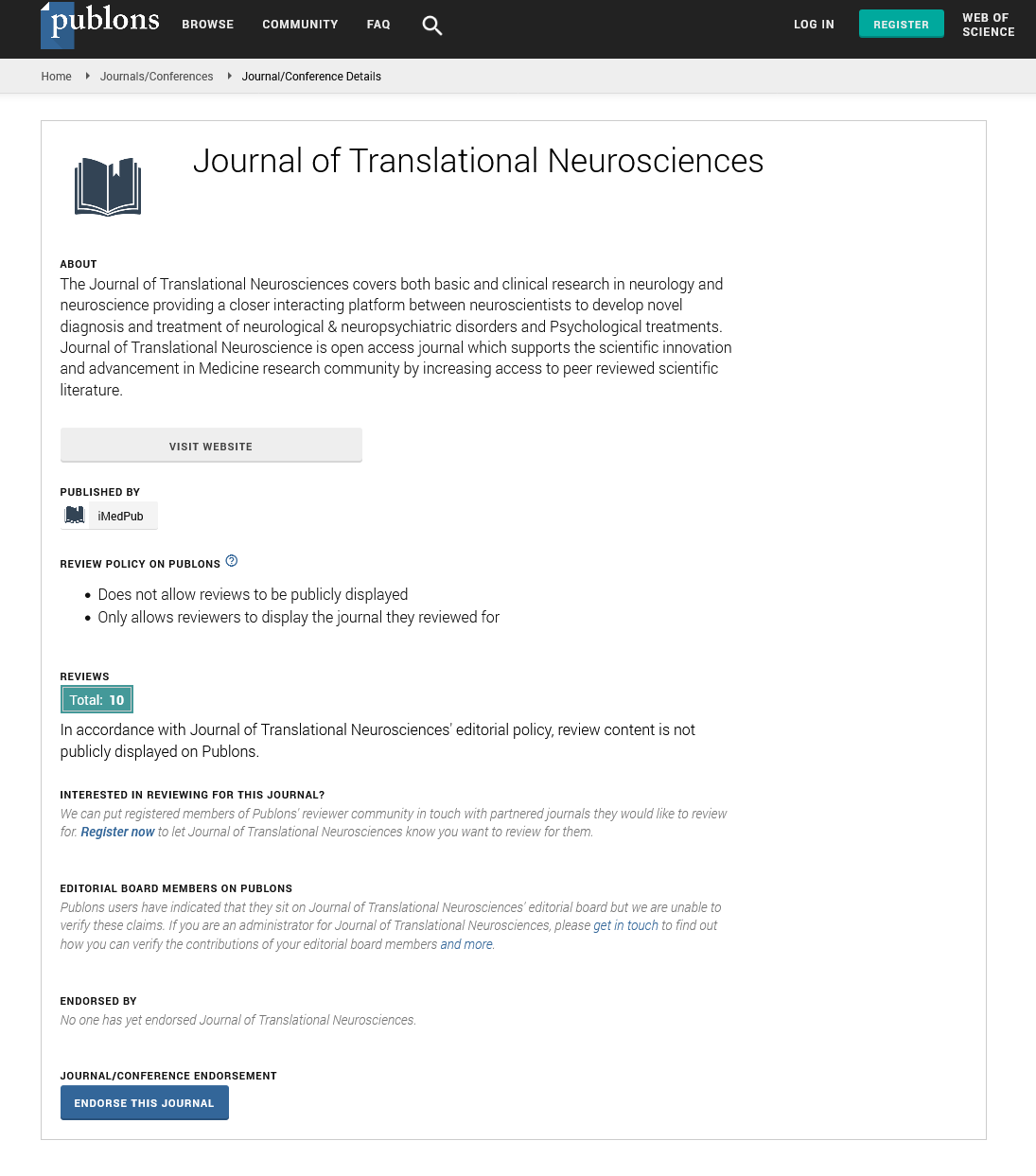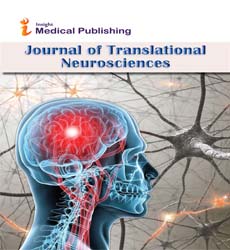Abstract
Neural correlates of emotional facial expression recognition during bilateral presentation: An ERP Study
Emotional facial expressions are crucial to human interactions, and perception of these subtle yet important cues are a reflection of underlying complex cognitive processing. The study aimed at understanding event related potential components elicited during recognition of emotional facial expression when two different emotions are presented simultaneously. The study consists of two experiments, Experiment 1, where the upright faces of six emotions (fear, surprise, anger, disgust, happy & sad) and one neutral facial expression of human male and female were presented bilaterally on the screen. In Experiment 2, the same stimuli and combinations were repeated with the faces inverted. Based on the emotion that is perceived first, the subjects had to respond with the corresponding left or right key on the response pad. 32 channel EEG data acquisition and behavioural data of Response Time (RT) was recorded for each trial. The ERP components of interest were, Contingent Negative Variability (CNV), N100, N170 and P300. The preliminary results show that the stimulusfear being the negative emotion takeslonger time to be processed explained by local processing which resultsin higher amplitude ERP component involved in facial processing, while the emotion ‘happy’ is perceived fastest due to positive valence and low spatial frequency content that enables global processing. Keywords: Face processing, Emotional Valence, Event Related Potential, N170.
Author(s):
Rosari Naveena S and Pandey V
Abstract | PDF
Share this

Google scholar citation report
Citations : 46
Journal of Translational Neurosciences received 46 citations as per google scholar report
Journal of Translational Neurosciences peer review process verified at publons
Abstracted/Indexed in
- Google Scholar
- JournalTOCs
- China National Knowledge Infrastructure (CNKI)
- Publons
- Secret Search Engine Labs
- Euro Pub
Open Access Journals
- Aquaculture & Veterinary Science
- Chemistry & Chemical Sciences
- Clinical Sciences
- Engineering
- General Science
- Genetics & Molecular Biology
- Health Care & Nursing
- Immunology & Microbiology
- Materials Science
- Mathematics & Physics
- Medical Sciences
- Neurology & Psychiatry
- Oncology & Cancer Science
- Pharmaceutical Sciences


